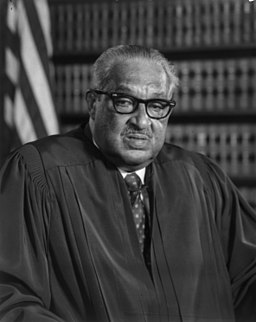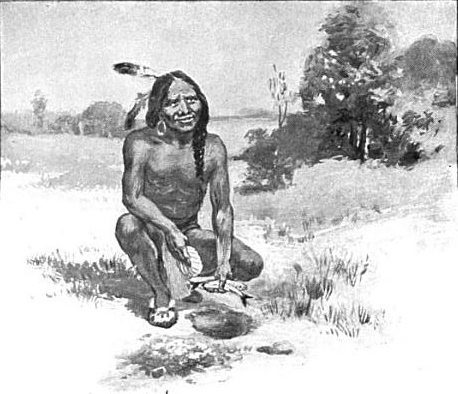Disclosure: I
was sent these books free of charge. All opinions in my review are my
own and I did not receive any other compensation. As always I am
providing links to the book for your convenience.
Do you remember how the world opened up to you when you began to read? Books seem magical. They can transport you to different lands and different times all while you are sitting in your comfortable reading nook. The books I ma sharing today do this. They take you to different times and places and three of them are historical books.
























.svg.png)

























